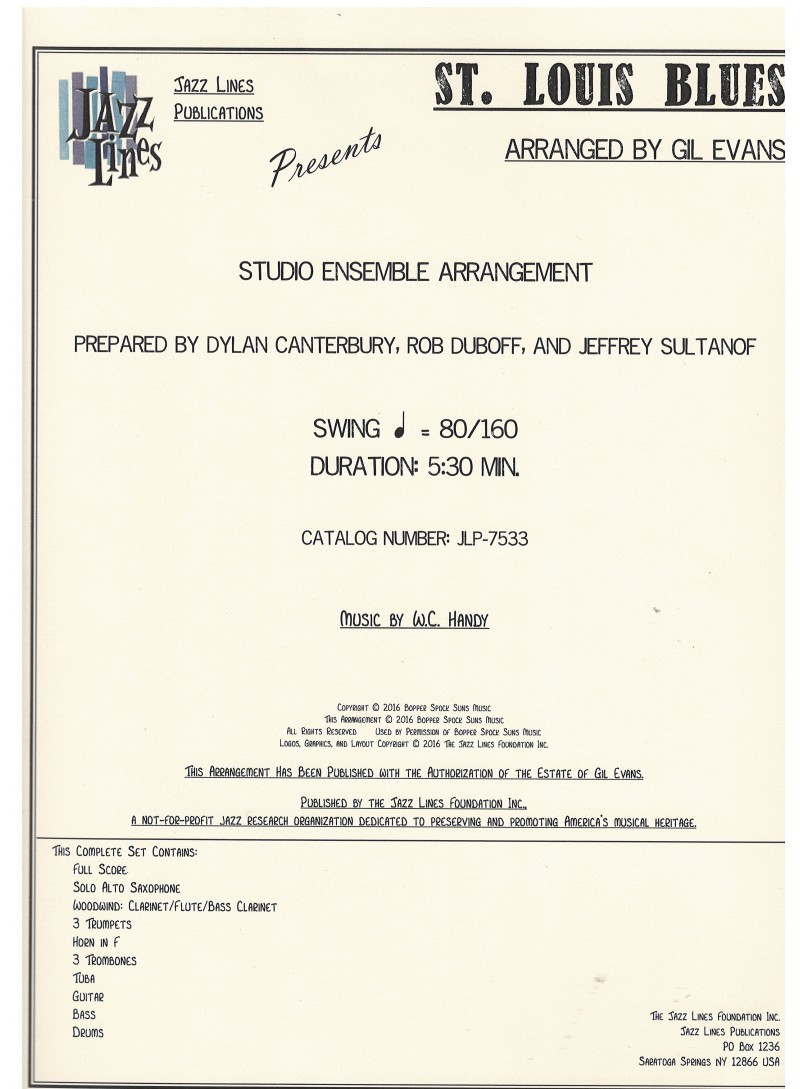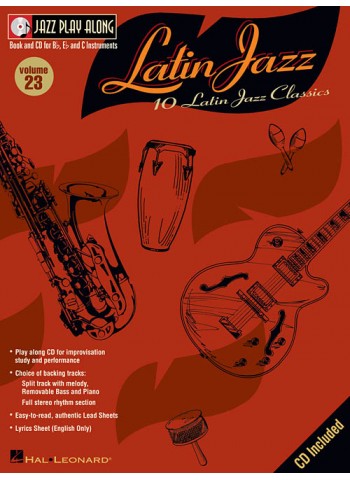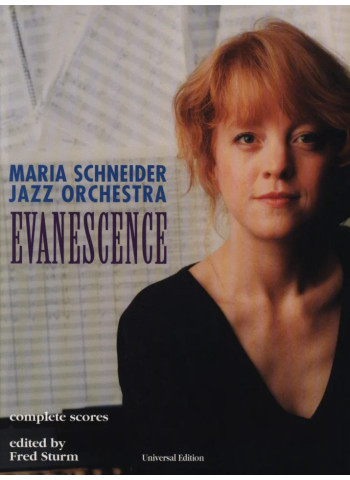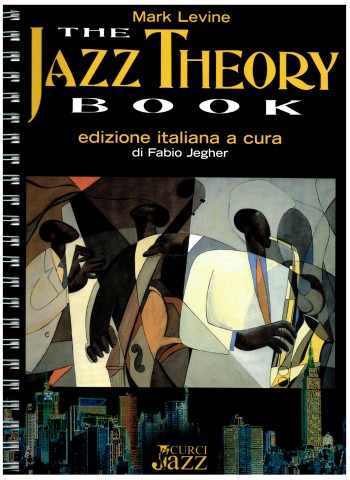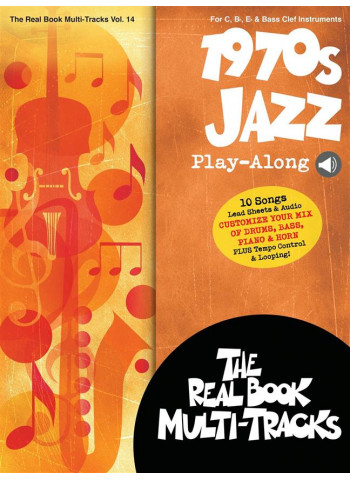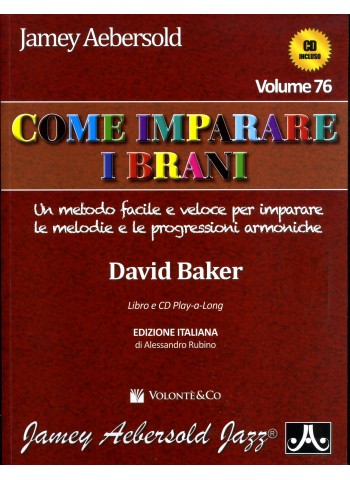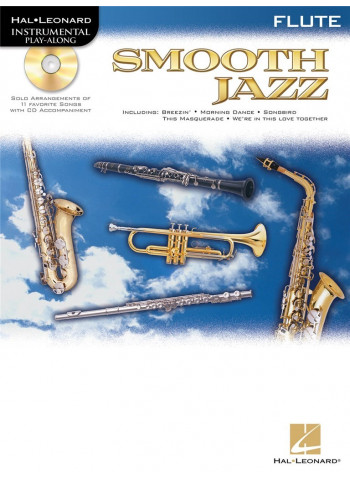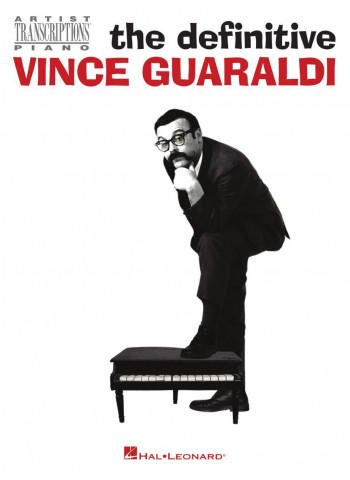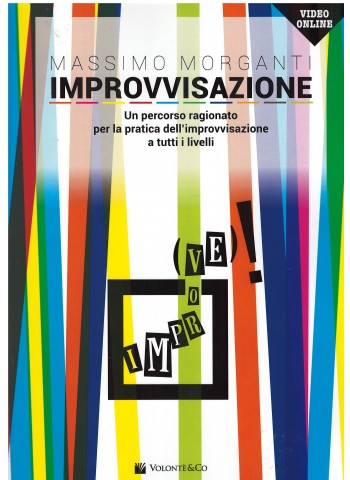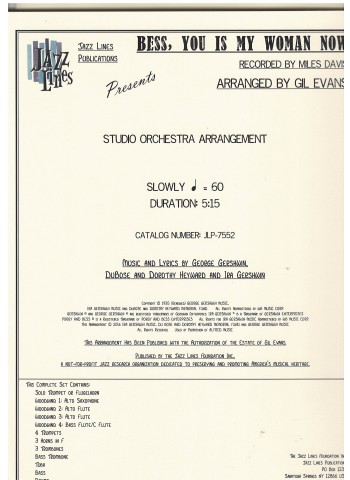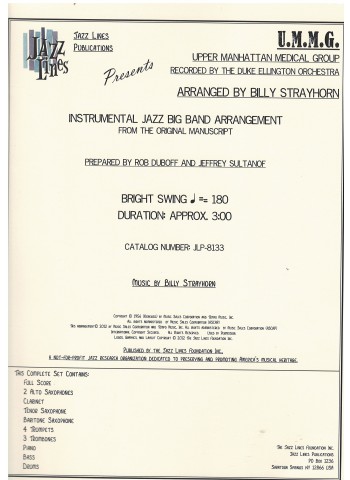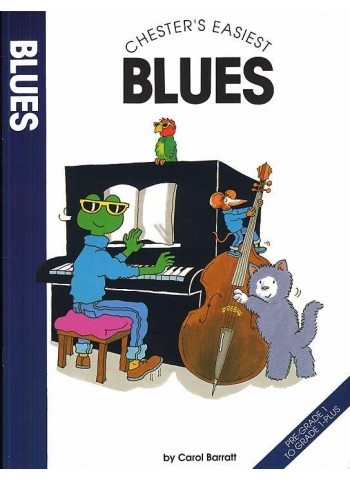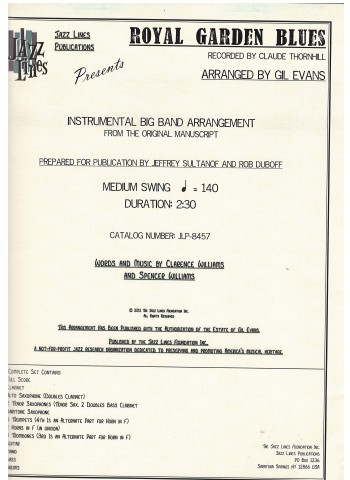St. Louis Blues
- Casa editrice: Jazz Lines
- Compositore: Handy (arr. Evans, Gil)
- Codice di riferimento: 20912
- Codice catalogo: JLP-7533
- ISBN: 6884744631348
Quantità:
W.C. Handy's "St. Louis Blues" had already entered the pantheon of classic blues melodies when Gil Evans wrote this arrangement in 1958. The album that it appeared on, "New Bottle, Old Wine," was a concept album based around the idea of re-imagining older jazz standards in a more modern vein, and featured the legendary Julian "Cannonball" Adderley as featured alto saxophone soloist.
After a brief opening cadenza, Adderley states the melody with some warmly voiced accompaniment from the low brass. The full ensemble plays a brief but notable dynamic build-up into measure 13, where the volume immediately drops back down for some held tones in the clarinet and horn in F and a guitar tremolo. Adderley's approach to the melody becomes quite a bit looser at this point, becoming almost an improvisation; the alto saxophone soloist is provided with both the melody and chord changes to perform this section as they see fit.
The shift to a minor key at measure 25 is accompanied by some of Evans' most creative background writing. While the flute, muted trumpets and guitar stick mostly to long tones that outline the traditional harmony of this section, the trombones offer a rhythmically pulsating figure that adds a layer of bitter dissonance underneath. All the while, the alto saxophone continues to solo. This section leads to a sudden jump to a twice-as-fast tempo solo break at measure 40.
The send-off portion of the melody is stated by the alto saxophone at measure 44 with some call-and-response backgrounds in the ensemble. This is followed by a solo section at measure 56. Adderley performs two choruses on the original recording before the backgrounds at measure 68 are cued in, but we have left this section as an optional open repeat to allow for extended soloing.
The alto saxophone solo is bracketed by ensemble figures at measures 80 and 92 that are typical Evans: rhythmically knotty and harmonically tricky, but melodically compelling. These figures serve as an effective way to break things up before the final recap of the melody in the full ensemble at measure 104, covered by the third trumpet and trombones with accompaniment from long tones in the flute, first and second trumpet and horn and a brief counter-line from the tuba and guitar. The dynamic level gradually tapers off, leaving the alto soloist alone to vamp and fade out with the rhythm section to bring the proceedings to a close.
This arrangement is written for studio ensemble featuring alto saxophone soloist. The ensemble consists of two woodwinds, three trumpets, horn in F, three trombones, tuba, guitar, bass and drums. The first woodwind part is exclusively on alto saxophone, while the second woodwind part doubles on clarinet, flute and bass clarinet.
This publication has been based on Gil Evans' original score - this is not a transcription.

